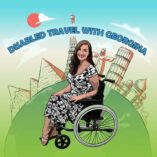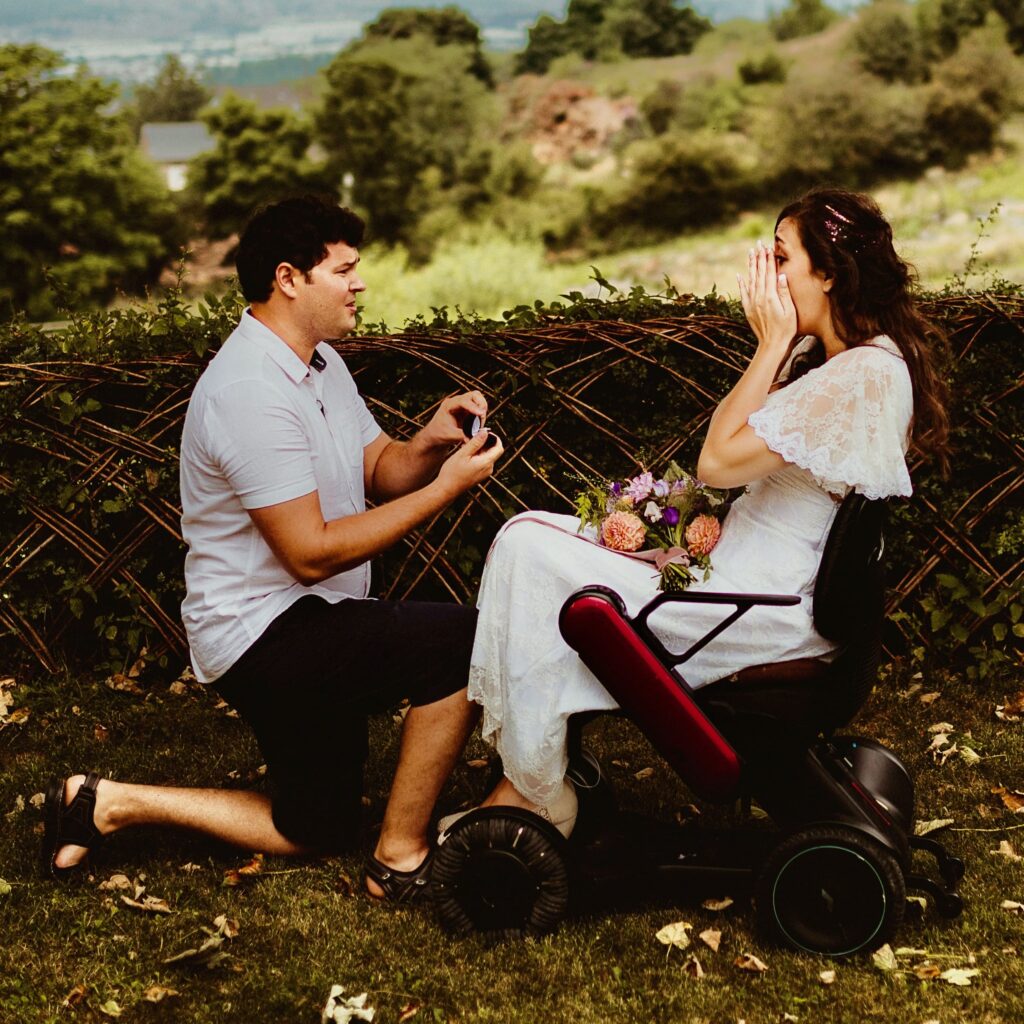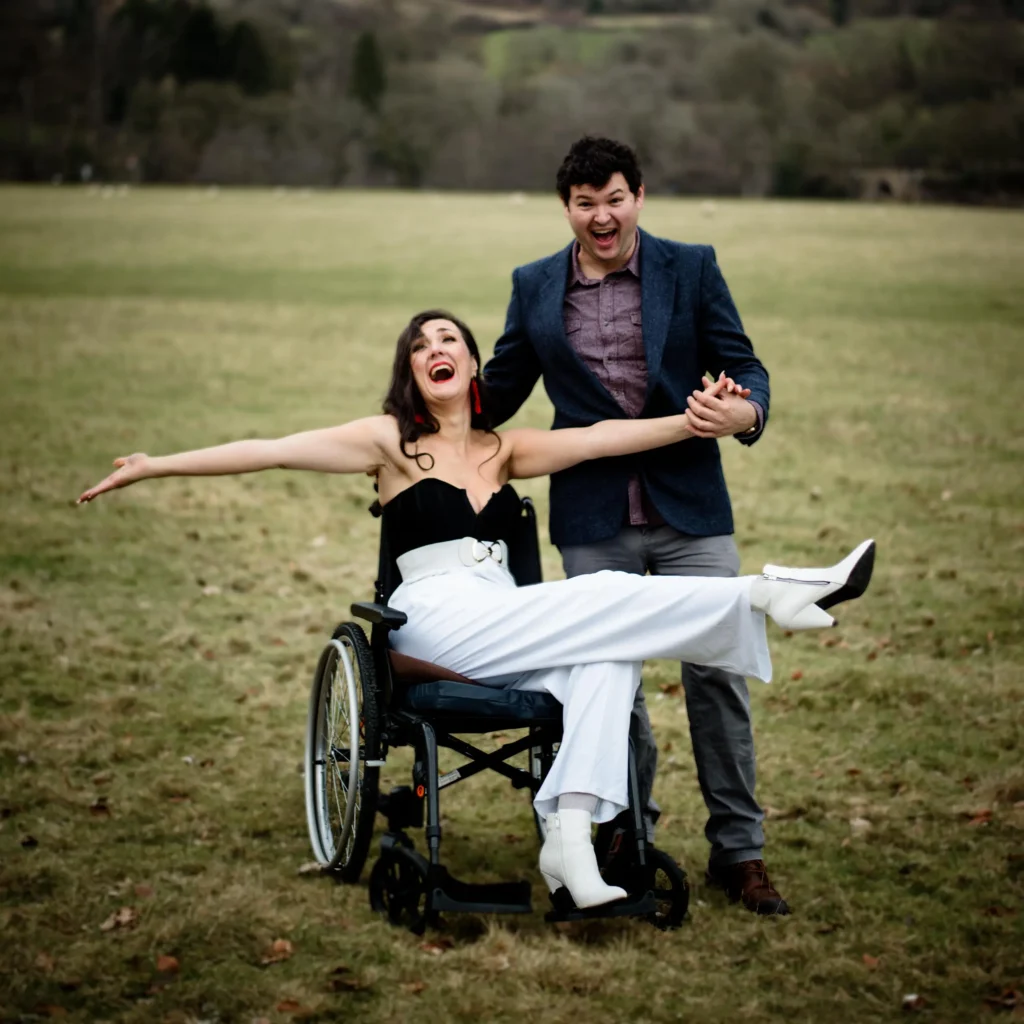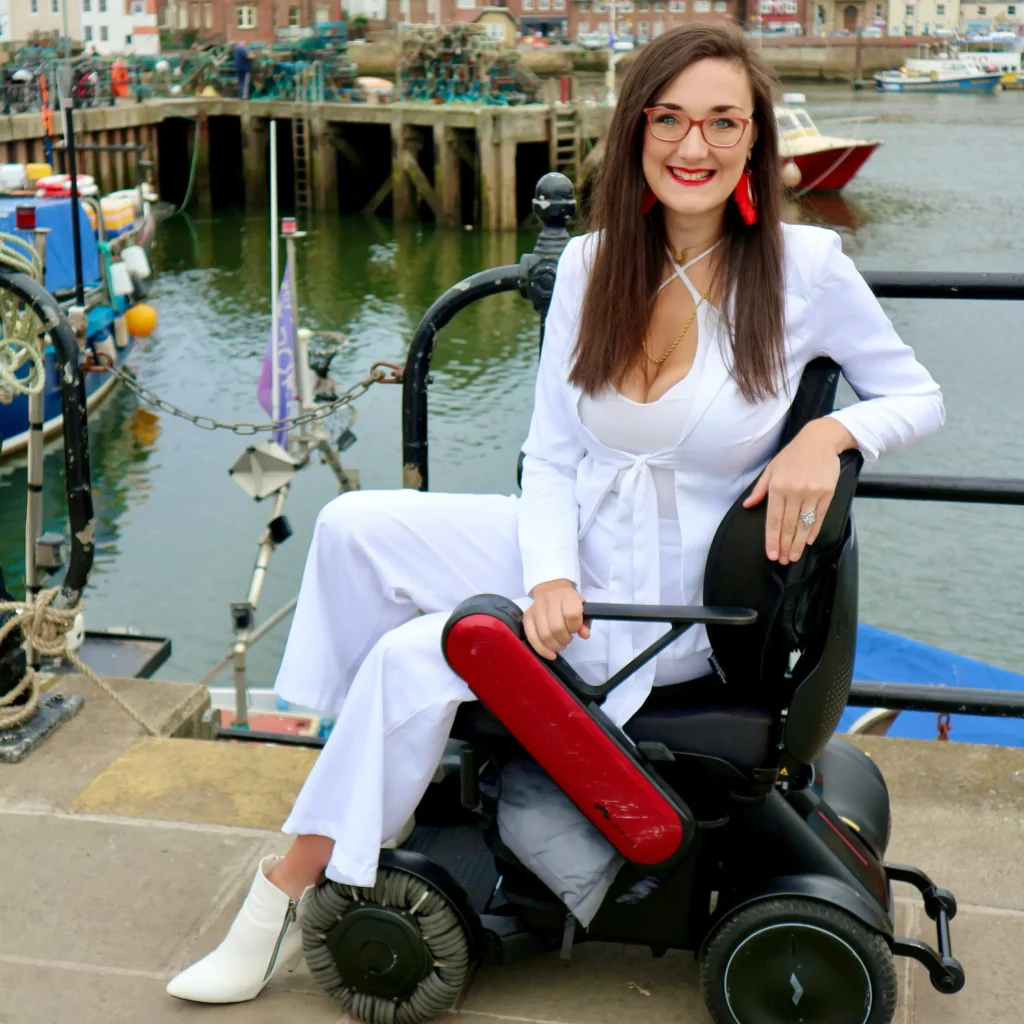My wonderful husband, Richard, and I model on what are called “styled shoots”; these are where professionals in the wedding industry get together and stage a mini faux wedding. This means that everyone can showcase their wonderful talent and get professional, high-quality images of their products/ services to put on their website or social media. For example, the florist can show the model holding the bouquet they made or the floral arch which is behind the couple.
For these to work, these wedding suppliers send out a “model call” where they give details about the shoot and its location. Often, we are given a moodboard which shows inspiration pictures of the theme and vibe of the shoot and we often know if any suppliers are already onboard with the shoot. This is really helpful as it allows models to check out the photography style of the person capturing the images and to check that they feel the shoot is a good fit for them. Knowing the shoot location is obviously my primary concern as I have to also focus on accessibility and making sure that I can get to all areas conveniently as a wheelchair user. A wheelchair friendly bathroom is essential also. Once we know the location and the supplier team, I can work with people such as the dress designer to make sure the wedding outfit is suitable for my wheelchair, crutches and also my PEGJ feeding tube.
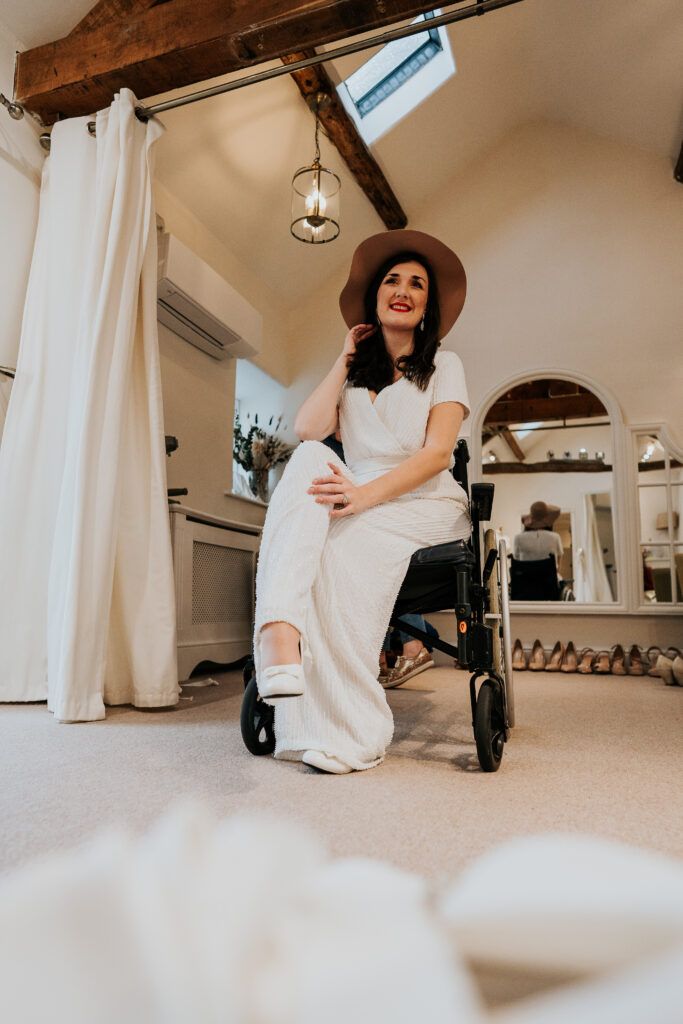
The main reason that Richard and I participate in these shoots is to work with other fabulous creatives in the industry in order to showcase more diversity. One in four people will become disabled at some point in their lifetime and those people are also happily getting married and finding their future spouse. Unfortunately, you never really see disabled models used on wedding runways, bridal posters or in magazines where the primary focus is marriage. This is mostly due to society’s incorrect assumptions about beauty standards and the fact that disability is often not something that is included in the conversation there. I am so pleased to see the bridal world breaching out to be inclusive of the LGBTQIA+ community finally after many years of hard-earned campaigning. It is amazing to see all people and all types of love being included in modelling shoots but there are certainly some groups of people who are still left behind.
You see a massive lack of models who represent the chronic illness community and there is a particular lack of models with mobility aids. This is one of the main reasons why Richard and I decided to invest more time into inclusive modelling; we want to change the conversation and make sure it includes as many people as possible, whether they are getting married with a disability or not. Representing the fact that love and beauty comes in all shapes and forms is of paramount important to us as a couple. I hardly ever see disabled bodies being represented in media, whether that being TV or advertising so it feels amazing every time our photos get published in a magazine or on online streams.
We are a real couple with real love who just so happens to be inter-abled. We deserve to see people that inspire us and represent our body types too when we look around at bridal fayres. Both you and your husband, wife or future spouse should be included in the conversation and disabled beauty should be normalised far more than it currently is being.
